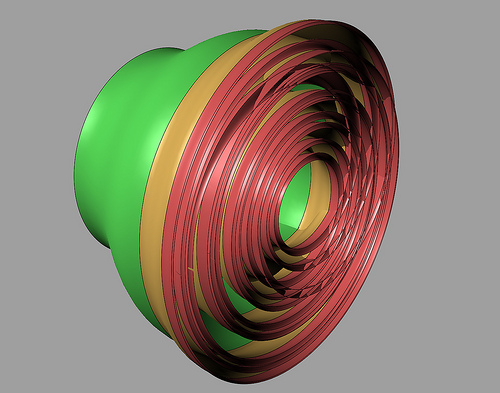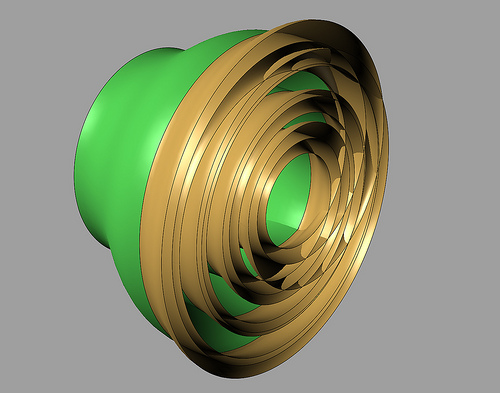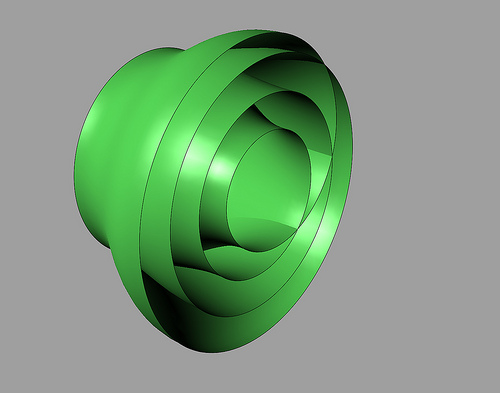I will comment a little on rationalizing a non-abelian group as I used that in my thesis (see Chapters 4 and 5). The reason I was going that is because I was trying to find expressions for braid invariants coming from Vassiliev theory, and Chen’s itereated integrals was the way to do that.
Anyway suppose G is a finitely generated group (I don’t know how necessary that is). The idea is to approximate G by a sequence (or tower) of abelian extensions (or better, free abelian extensions) and then rationalize (or in my case realise) these extensions.
I’ll start with something that might be more familiar to some people. You have the lower central series
where
is the group generated by the commutators of elements of with elements of . Then the successive quotients are abelian. We can do better than that in that we can find a sequence which has free abelian quotients. We form the rational closure of the each term of the lower central series:
This gives a sequence
where the successive quotients are free abelian, so we have a collection of free abelian extensions
and thus a tower of approximations to built by free abelian extensions.
We can now inductively rationalize this tower. As is torsion-free abelian we know what is, and given we can form by using the extension
to form an extension
We can then define to be the limit . This is called the Malcev completion of .





 “
“



Re: This Week’s Finds in Mathematical Physics (Week 286)
Dune sea on Mars?